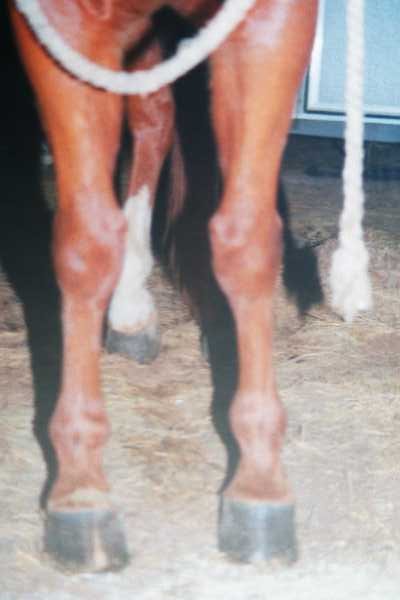<BLOCKQUOTE class=“ip-ubbcode-quote”><font size="-1">quote:</font><HR>Originally posted by Bensmom:
My farrier says the opposite – that a flare proves that that is the high side, since it is striking the ground first and flaring out to try to compensate for being too high.
So, you see, we’ve got a basic disagreement as to what we see and what it means. Just to recap – this is both of Ben’s hind feet and I believe that both the photos and the x-rays show high inside/low outside.
<HR></BLOCKQUOTE>
Thought I should post an update on the farrier disagreement issue. (I just know you all were waiting breathlessly for this!)
After chatting with the farrier group at Foxhall and getting them to review my radiographs and photos when they had a slow moment, I was able to come home and report that a Famous Farrier that my guy had read articles by, had agreed that Ben was high on the inside.
Astonishing what a difference that made! And then, last Friday, he stands behind Ben and says “ok, so in the back he’s clearly high on the inside.”
I did not scream, I did not beat my head on the wall, I did not say “gee, are you now going to reimburse me for the set of radiographs I shot extra to check it after you argued with both me and the vet?!!” I just smiled sweetly and asked how he came to that conclusion.
He said, as if it were the most obvious thing in the world “well, you can SEE it.”
Arrgghhhh!!! I’ve been saying this for three months – the vet has said it as well. The vet and I have been going nuts trying to figure out if he sees something we don’t, but no, we were right all along and now the farrier is on board as well.
Thank goodness!  Finally!
Finally!
So, now I just have to hope we can keep it this way! 
Libby
Proud member of the Hoof Fetish Clique
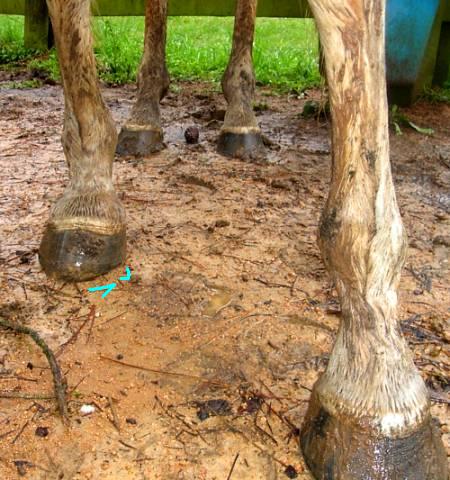

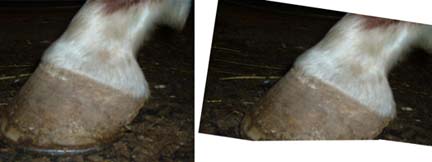
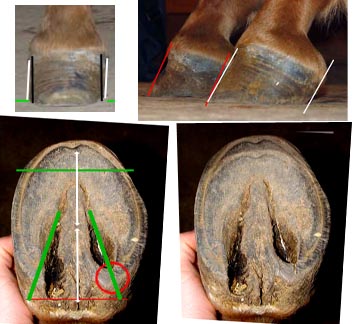
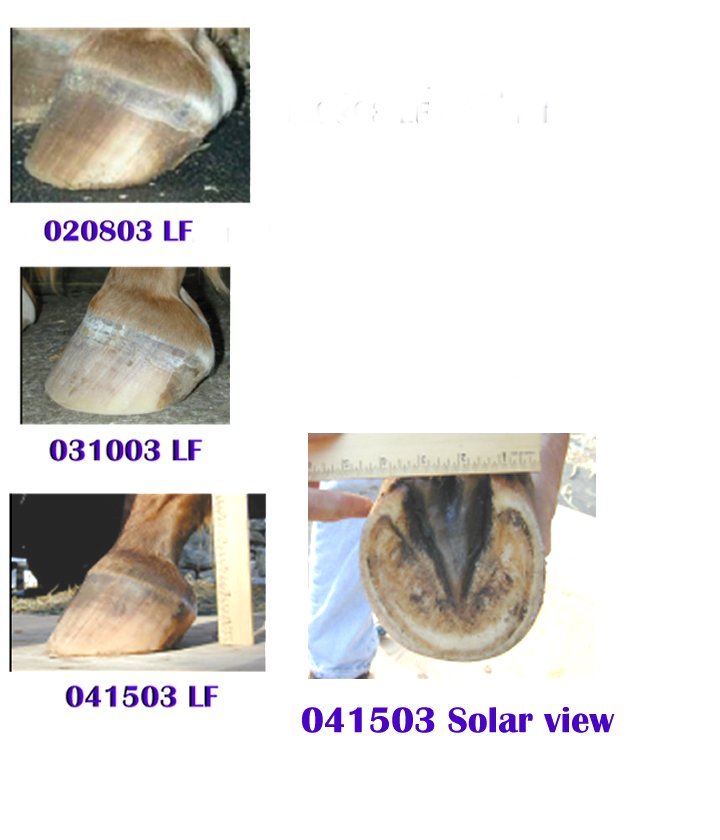
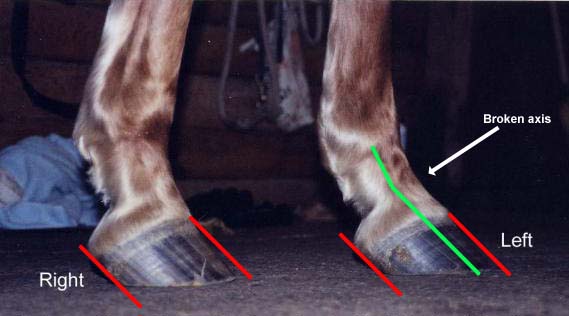
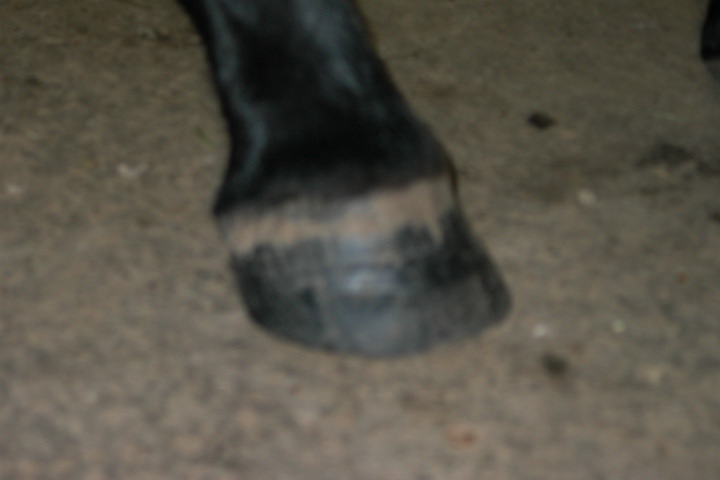
 …I think we’re pretty well caught up on all the posts. If we missed anyone, just hollar…not ignoring, just so many posts to keep up with.
…I think we’re pretty well caught up on all the posts. If we missed anyone, just hollar…not ignoring, just so many posts to keep up with.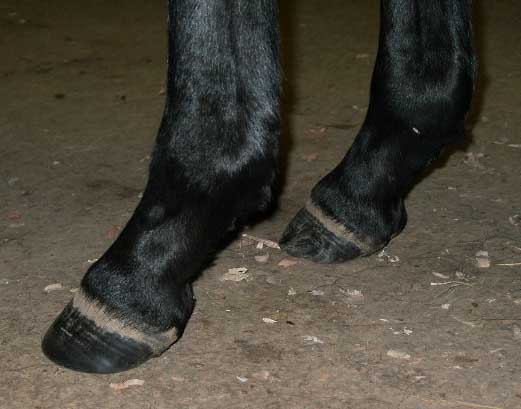
 I will keep the angry rant to myself right now…
I will keep the angry rant to myself right now… Every single time one of them is at the barn for anything else, I drag them into her stall. Even they say she isn’t a surgery candidate, but of course I know how little time is spent on hooves in vet school - and of course I’ve just been super paranoid about her feet, too.
Every single time one of them is at the barn for anything else, I drag them into her stall. Even they say she isn’t a surgery candidate, but of course I know how little time is spent on hooves in vet school - and of course I’ve just been super paranoid about her feet, too.